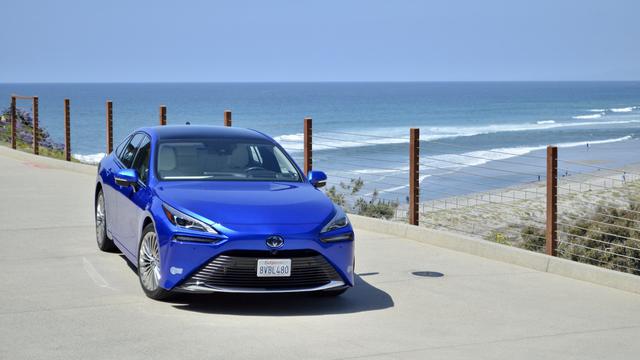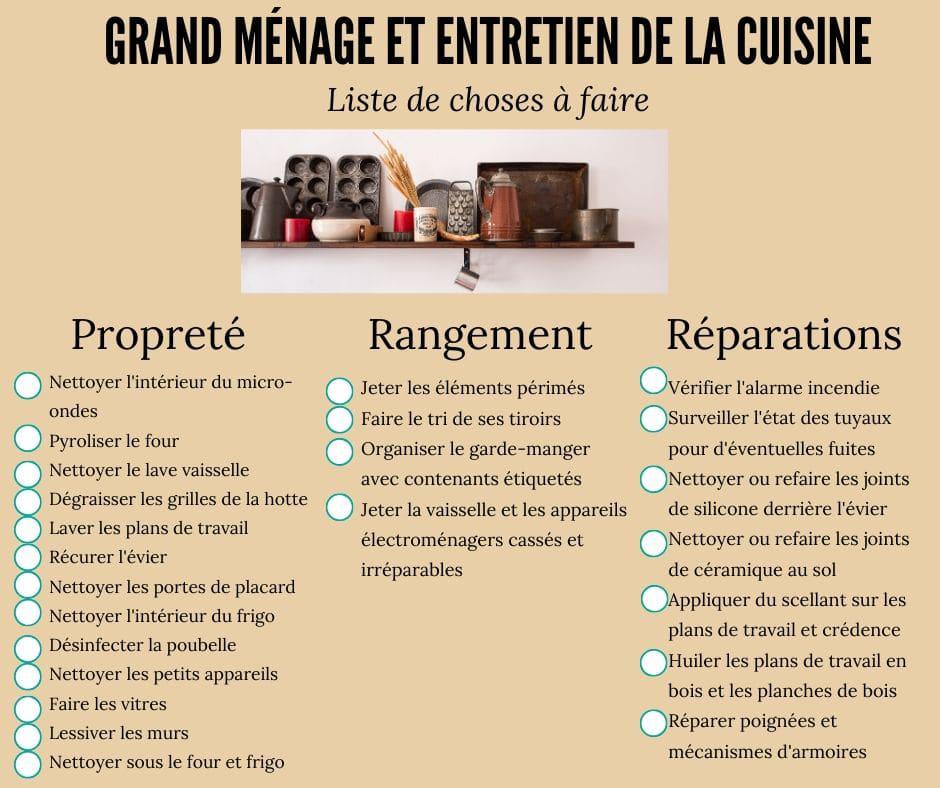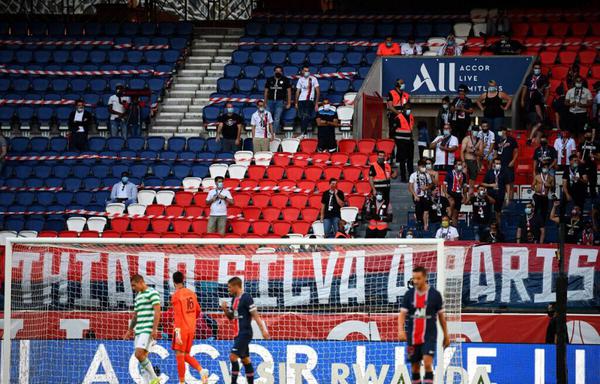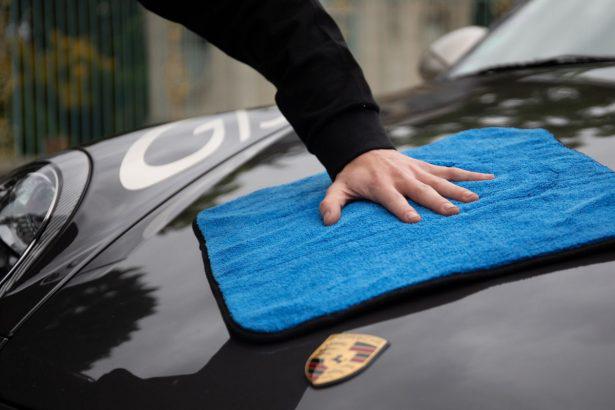Toyota is convinced that there is no single solution to free the automotive world from fossil fuels. Different degrees of electrification are all avenues, but, according to Toyota, hydrogen is just as valid.
Let’s be honest, the first Toyota Mirai (2014-2020) looked more like a flying saucer than an automobile. Toyota has made a strong statement in terms of style to establish the technical difference of the Mirai. The aesthetic reviews received have rarely been rave reviews, and I venture to believe that is why the second generation of the Mirai is more sober. While the initial version sought to position itself in the compact segment, with the 2022, we are positioning ourselves closer to the intermediates. Toyota has made a good effort in terms of proportions. Due to its configuration on a propulsion-type platform, the hood is longer, lower, more slender. We allow ourselves to move the passenger compartment back and truncate the trunk.
We push hard with a large flared grille that reminds me of the face of a shark. The optical blocks are destructured into two sections. For both models of the Mirai, the main headlights are LED. Only the Limited gets LED turn signals. The other distinctions between the base XLE version and the Limited are limited to the size of the 19- or 20-inch wheels, the presence or absence of a panoramic sunroof and the color of the radio antenna. When it comes to styling, I feel like it's trying to come between Lexus and Toyota.
The cabin takes a consensus approach to interior design. The smell of Lexus is present there with good quality materials and finishing details that are pleasing to the eye. I like the fine line of bronze color that structures the console and the dashboard towards the passenger. The partially digital instrumentation of the 8-inch display is typical Toyota with a lot of information concentrated in a small space. In a large glossy black plate is integrated the 12.3-inch multimedia screen which groups all the applications of the car with the exception of the air conditioning controls placed lower. Against all odds, on board the Mirai, it's not Toyota's new infotainment system, but the old one. You know, the one we hate for its slowness, questionable ergonomics and 1990s graphic design. Considering the fact that the Mirai is the manufacturer's technological showcase, I dare to hope that this error will be quickly corrected.

Comfort and soundproofing come from Lexus. The car is quiet due to its motorization, but all road noise is perfectly filtered out. The seats are covered with SofTex; this synthetic leather seemed to me to be of better quality than in the regular models from Toyota. To be entitled to the air-conditioned seats, a necessity with this material, you have to upgrade to the Limited version, which costs at least $22,000 more. Of course, we get a little more equipment like a panoramic sunroof, rear curtains and even three-zone climate control with rear controls. Personally, analyzing the list of supplements, I do not explain, but not at all the $22,000.
The Mirai looks like a five-seater, but it's not. It does have four doors, but look how short the rear doors are. Access is difficult. All clearances: feet, head and shoulders are very limited. Where there is usually a transmission tunnel, there is a third hydrogen tank. Therefore, it will be impossible to seat a person, small or tall. As for the trunk, the technical configuration (another tank) limits the cargo area to 272 litres. It's 99 liters less than a Corolla and you can't fold the seatback.
If Toyota were given the choice to push for hydrogen or pure electric, there is no doubt that the manufacturer would favor hydrogen. It is in this technology that Toyota has put its energies and investments over the past few decades. The Mirai is the spearhead of this technology, and, for 2022, we arrive with the second generation of this engine. First very significant point, the Mirai goes from traction to propulsion. It adopts the TNGA-L platform, the same found under the Lexus LC and LS. This approach necessarily leads to significant changes in the design of the car. For example, the electric motor as well as the battery are now at the rear axle, whereas everything was up front on the first Mirai. The engine produces 134 kilowatts (182 horsepower) and 221 lb-ft of torque. The battery provides power to the motor. Considering that the latter is constantly fueled by hydrogen, it does not need to be large in size, i.e. 1.24 kilowatt hours.
The location of the hydrogen tanks has also been reviewed to improve the balance of the masses (50/50) and optimize road handling. Its 3 highly secure tanks are made of polymer, carbon fiber and fiberglass and offer a total of 142 liters (5.6 kg of hydrogen). According to Toyota, the range will be 647 kilometers between fill-ups for the base version, while the Limited will go to 575 kilometers. After conversion, during my test, in ideal conditions, I obtained a consumption equivalent to 4.36 litres/100 kilometers (54 MPGe), Toyota announces a combined average of 3.62 litres/100 kilometers (65 MPGe) .
The contribution of the Lexus platform is felt on the road. The fact that we switch to rear-wheel drive, and that the balance of the masses is perfect makes the driving experience surprisingly pleasant. We perceive that the car is very well planted on the ground. The management is certainly very uncommunicative, like Lexus products. You can play with driving modes, but even by opting for “Sport”, the Mirai does not seek dynamism. The acceleration is good, almost voluptuous as it is progressive. For those who want a very quiet sedan, it shines in all its glory. Not only is there no engine noise, but it is very well soundproofed. Its cabin becomes an inviting cocoon for long hours on the road. Toyota could improve braking. The Mirai is heavy at 1,966 kilograms (4,335 pounds), and you can feel the brakes lack the poise to bring the car to a standstill.
You see me coming big as the arm when it comes to my recommendation of the Toyota Mirai. It's too expensive, the hydrogen dispensing points too few, its interior space too limited, its resale value non-existent and, above all, why pay $22,000 more for the Limited? These are all valid points that apply to the Mirai. However, even if for all these reasons I do not recommend the car to you, I think that it remains important in the market. Toyota is trying to diversify the options for consumers who want to turn the page on fossil fuels, and hydrogen is certainly a possibility. Incomprehensibly, it is not eligible for Quebec government rebates for electric vehicles. Just drive to California where up to US$15,000 is applied, and you see several hydrogen fueling stations to see Mirai on the road. That's where we have to start.








